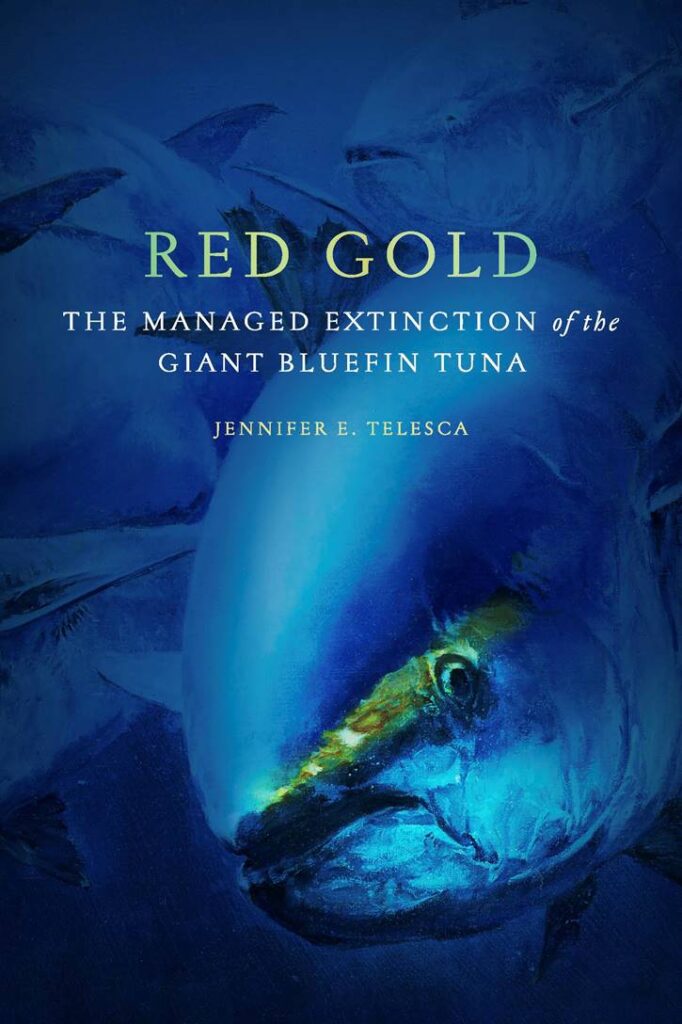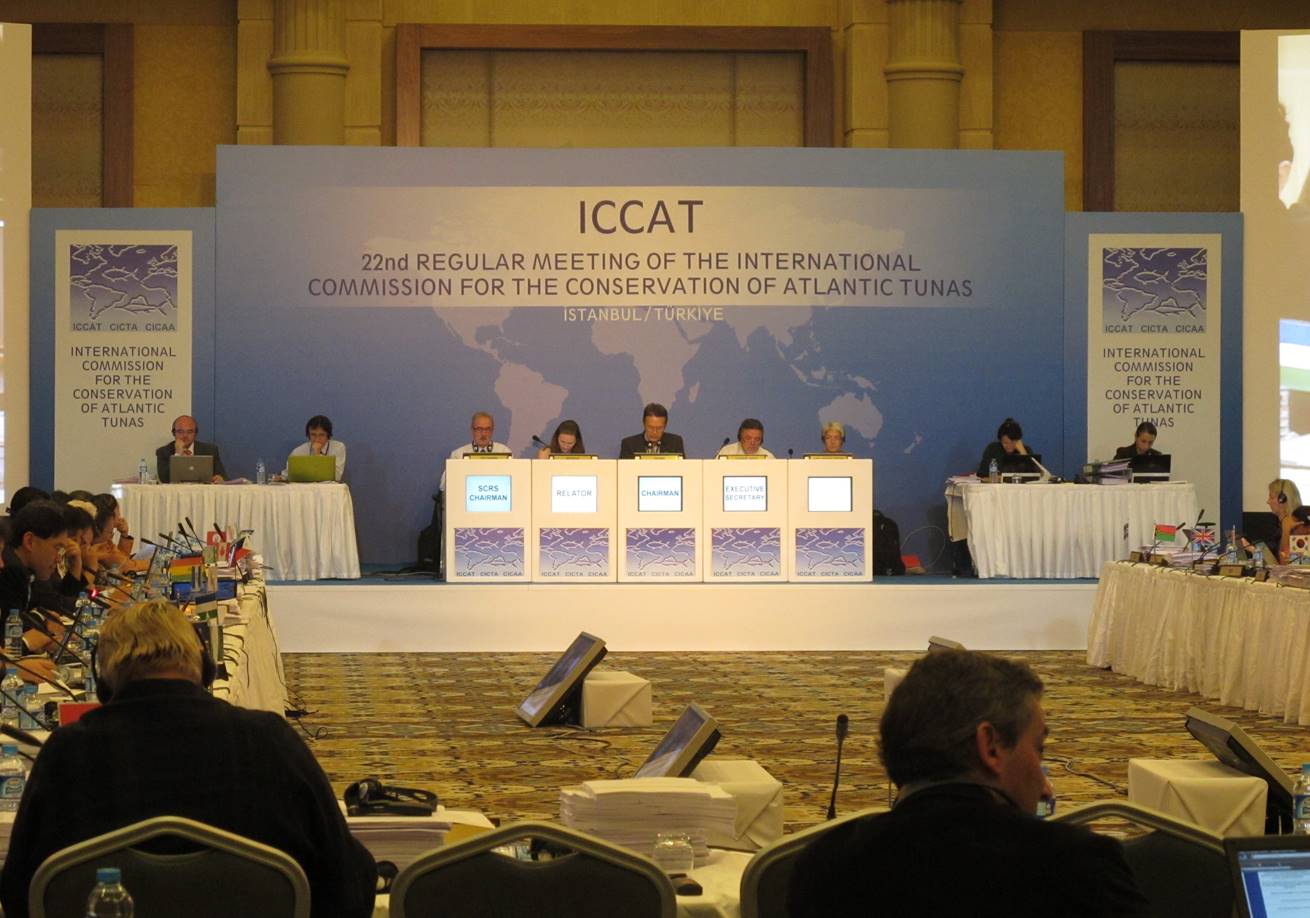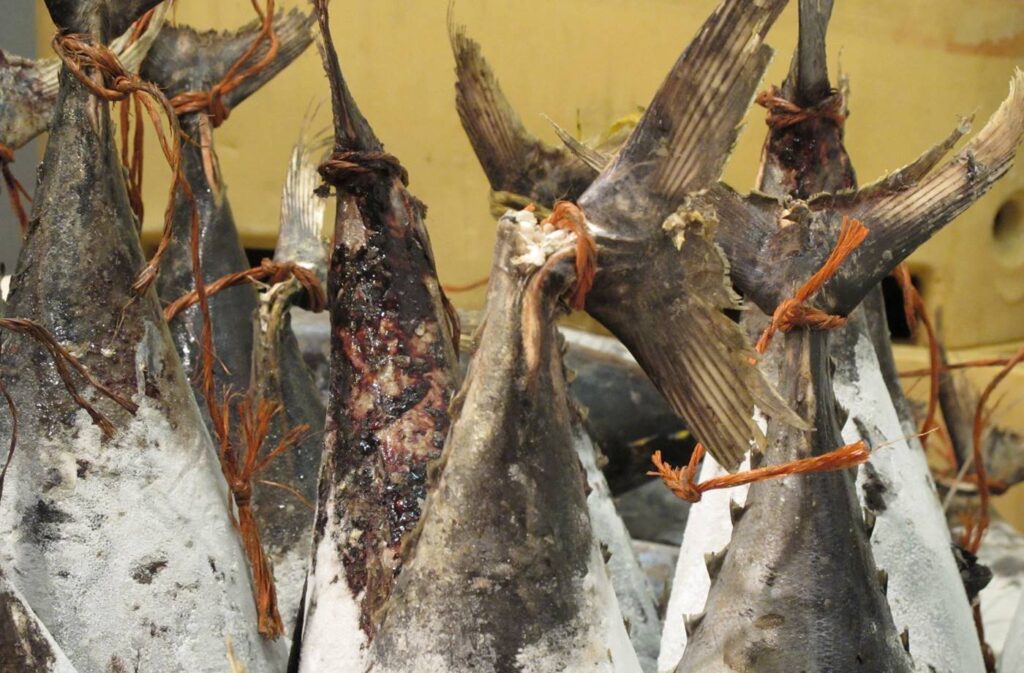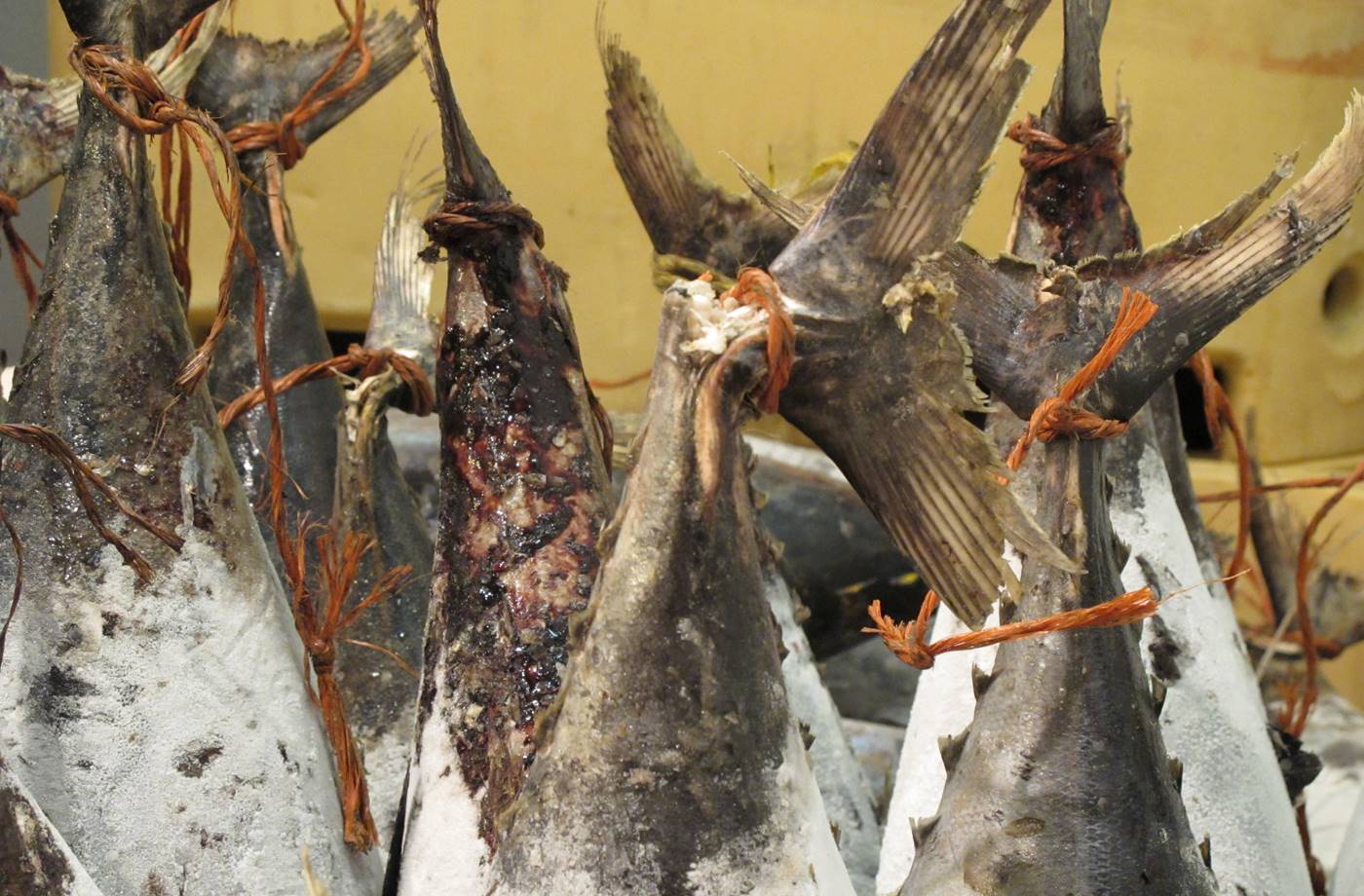“Where we live, work, and play.” That’s the phrase environmental justice advocates have used for decades to reimagine the dominant meaning of nature. It’s meant to challenge the stubborn conception that the natures worthy of care are limited to unspoiled virgin forests and exotic creatures in the wild. The expression tries to interrupt the unthinking assumption that the environment is where people are not. It reasserts the truism that a human life is as sacred as a clear vista on a high mountain top.
But such recognition is not enough. Unless and until citizens abandon the framework of nature as exploitable “resource” and explicitly adopt the fundamental principles of environmental justice—for the liberation of all beings—paths forward will lead to dead ends. As stewards of the planet, we can no longer afford to separate the value derived from profitable extraction from the wellbeing of all lives in an interdependent world. These two forms of value must no longer be siloed and detached from law and economy.
A profound shift in valuation will not be easy to bring about. Indeed, to most interlocutors I’ve met in the field of ocean governance, the sea is a two-dimensional, air-sea interface separate from the world of human relationships. It’s as if the ocean were a vast stretch of uninhabitable, inhospitable water where policymakers and their expert advisers master and control minerals on an underwater plain and fish “stocks” on a pelagic sea (Telesca 2017). The perception of the ocean as a readymade inventory permits decision makers to rationalize and normalize the ongoing catastrophe. To address this situation, it is imperative that marine conservationists adopt an analytical framework that places environmental justice at the forefront of their scholarship, advocacy, and policymaking.
Since its founding in the 1980s, when Black organizers contested the siting of a toxic dump in North Carolina, the environmental justice movement has rightly insisted that people are threatened natures too (Bullard 1990). Just like water, air, and land, human bodies and homes are also polluted, damaged, lost, and destroyed. Most at risk are low-income peoples in Black, brown, Indigenous communities. Centuries before privileged white folk discovered the climate crisis, dystopia has been an experience of slaves on the plantation and of survivors of colonial genocides (Whyte 2018).

Read against this backdrop, the mainstream variety of “blue” environmentalism in the Global North has been very slow to ride the groundswell of environmental justice. As I detail in my book, Red Gold: The Managed Extinction of the Giant Bluefin Tuna (University of Minnesota Press 2020), the world of marine conservation has struggled to find adequate frames that explain today’s crisis of predation. Popular discourse about the bluefin promotes the illusion of wildlife protection. But, my book shows, the endangered Atlantic bluefin tuna, the most expensive sushi money can buy, is not a victim being “saved” by bourgeois elites who, like missionaries, feel panged by “imperialist nostalgia” (Rosaldo 1989). Only the perspective supplied by the frame of environmental justice will enable the bluefin, like all beings, to be valued, respected, and revered for her indispensable place in ongoing webs of life.
For too long mainstream environmentalism and the movement for environmental justice have been like ships passing in the night. Environmental justice does not attempt to accommodate the status quo. Marine conservation does. The latter is heir to an environmentalism founded by white settlers of the leisure class who aimed to conserve for themselves some remnant of “wilderness” in their quest to regenerate and renew (Cronon 1996). By contrast, an environmental justice framework underscores—in order to neutralize—structural violence so that all beings on Earth have a shot at flourishing.
Giovanna DiChiro (1998) wrote some twenty-five years ago that grassroots activists seeking environmental justice “explicitly undertake a critique of modernist and colonial philosophies of unlimited progress, unchecked development, the privileging of Western scientific notions of objective truth and control of nature, and the hierarchical separation between nature and human culture” (131). More recently, in the wake of Black Lives Matter, David Pellow (2016) advanced the idea of critical environmental justice studies. He made the less examined claim that the human lives treated as inferior in society—those oppressed at the intersections of racism, sexism, classism, homo- and trans- phobia and the like—are linked to the undervalued lives in more than human worlds. Both are “marked for erasure and early death” (4) in an exterminatory “regime of value” (Appadurai 1986).
At a time of mass extinction and sea-level rise, with eco-fascism ascendant, the lessons for ocean advocacy are twofold. First, justice can no longer operate around poles constructed from false oppositions between nature and culture. A critical environmentalism recognizes that the animalization of excluded peoples and the brutal assaults on nonhuman natures share an affinity. This is not meant to say that suffering is equal or substitutable. When histories are flattened and ignored, when interior selves are abstracted and reduced to biology, all beings become more easily disposable, expendable, abusable. Second, by definition, an environmental justice framework confronts the truth that predation is systemic and institutional. Predation today is rooted in and reproduced by a speculative political economy tied to the corporatized nation-state as the agent of empire.

By adopting a critical approach to environmental justice, I was able to see in Red Gold that speciesism is written into international law and that environmental racism, scaled internationally, contributes to the subordination of underserved peoples. The International Commission for the Conservation of Atlantic Tunas (ICCAT), for example, is a site invested in ranking both human and nonhuman lives, as if a hierarchy of being is the natural order of things. ICCAT issues no rules for the declining number of a dozen small tunas on the high seas such as wahoo and dolphinfish. These are commercially insignificant fish. Low-income artisanal fishers in countries like Ghana and Senegal catch them. The ICCAT apparatus instead serves industrialized extractors and wealthy elites who profit from and can afford to buy high-priced fish as luxury goods trafficked on the global market.

A movement for ocean justice must join forces with the better-known initiatives calling for food and climate justice. To create the conditions for real structural change, coalitions must challenge the terra- and human- centric presumptions brought to light by sea worlds. A planetary home that thrives for future generations will depend on putting environmental justice at their center.
References
Appadurai, Arjun. 1986. “Introduction: Commodities and the Politics of Value.” Pp. 3-63 in The Social Life of Things: Commodities in Cultural Perspective, ed. Arjun Appadurai. New York: Cambridge University Press.
Bullard, Robert D. 1990. Dumping In Dixie: Race, Class, and Environmental Quality. Boulder: Westview Press.
Cronon, William. 1996. “The Trouble with Wilderness; or, Getting Back to the Wrong Nature.” Environmental History 1(1): 7-28.
DiChiro, Giovanna. 1998. “Nature as Community: The Convergence of Environment and Social Justice.” Pp. 120-143 in Privatizing Nature: Political Struggles for the Global Commons, ed. Michael Goldman. New Brunswick, NJ: Rutgers University Press.
Pellow, David N. 2016. “Toward a Critical Environmental Studies: Black Lives Matter as an Environmental Justice Challenge.” DuBois Review: Social Science Research on Race. 1-16.
Rosaldo, Renato. 1989. “Imperialist Nostalgia.” Representations 26: 107-122.
Telesca, Jennifer E. 2020. Red Gold: The Managed Extinction of the Giant Bluefin Tuna. Minneapolis: University of Minnesota Press.
——. 2017. “Accounting for Loss in Fish Stocks: A Word on Life as Biological Asset.” Environment and Society: Advances in Research 8: 144-160.
Whyte, Kyle P. 2018. “Indigenous Science (Fiction) for the Anthropocene: Ancestral Dystopias and Fantasies of Climate Change Crises.” Environment and Planning E: Nature and Space 1(1-2): 224-242.
Jennifer E. Telesca, PhD is Assistant Professor of Environmental Justice in the Department of Social Science and Cultural Studies at the Pratt Institute. She is the author of Red Gold: The Managed Extinction of the Giant Bluefin Tuna (University of Minnesota Press, 2020), an ethnography that goes behind the scenes of ocean governance to illuminate the conditions enabling the slaughter of one of the planet’s last big fish. Her op-eds have appeared in Hakai Magazine and Yale e60.org, and her work featured in Earth Island Journal, Mongabay, and Psychology Today. Cross-trained in anthropology, law and media studies, Telesca does fieldwork at the United Nations and in treaty bodies, diplomatic missions, and other sites scaled supranationally. https://www.jentelesca.com/
